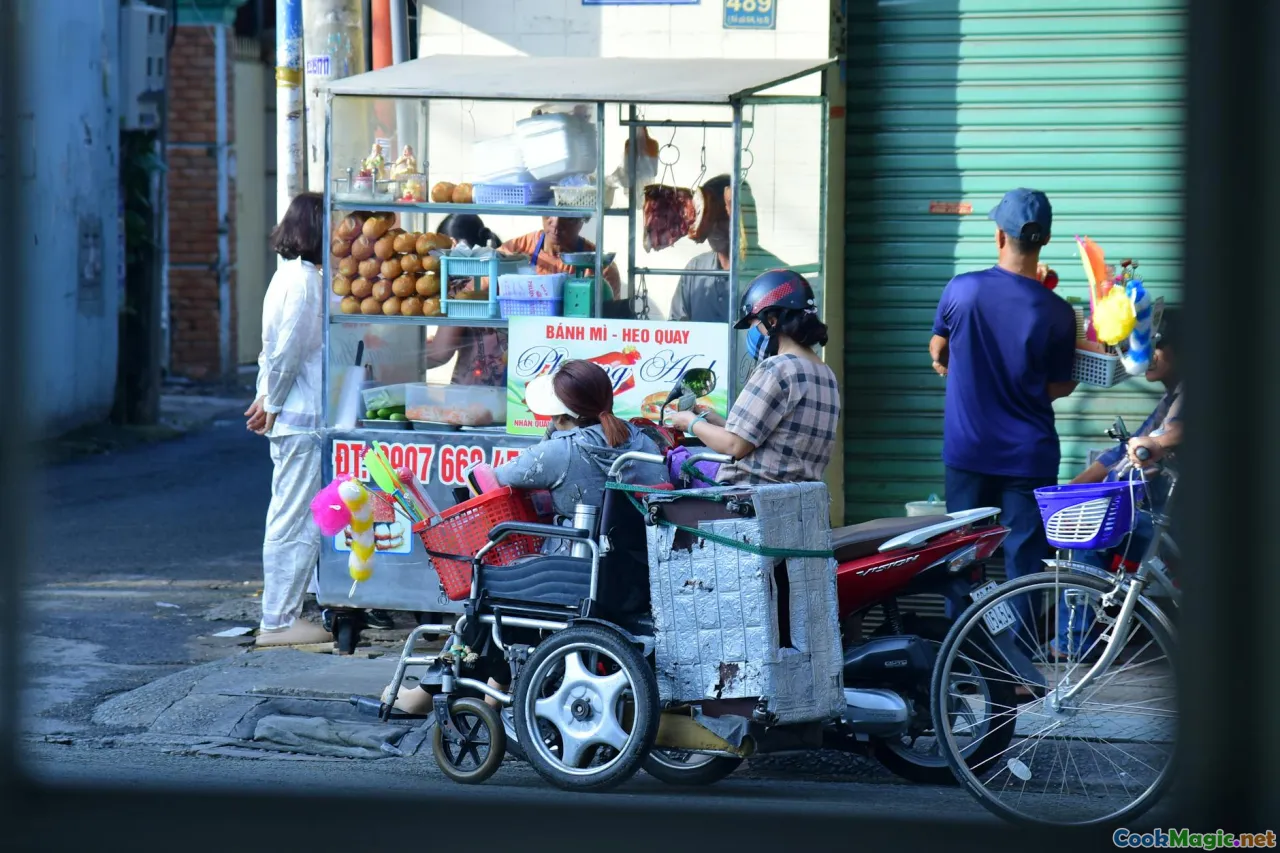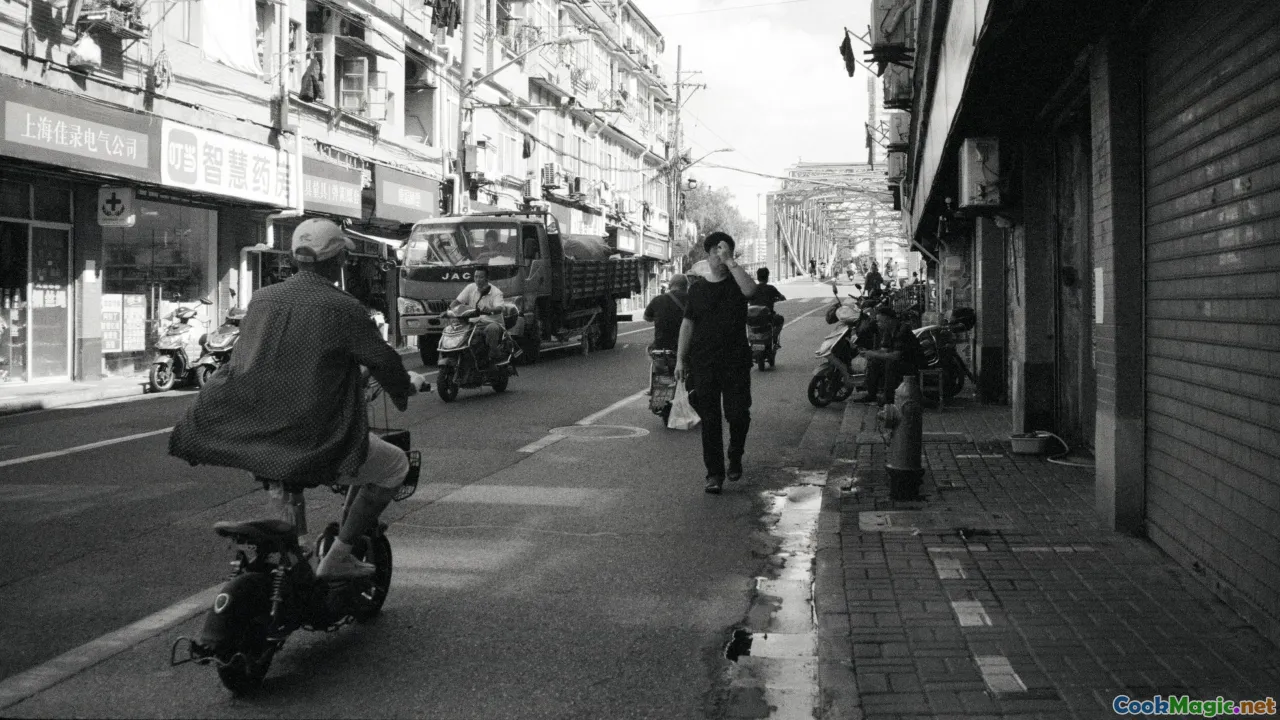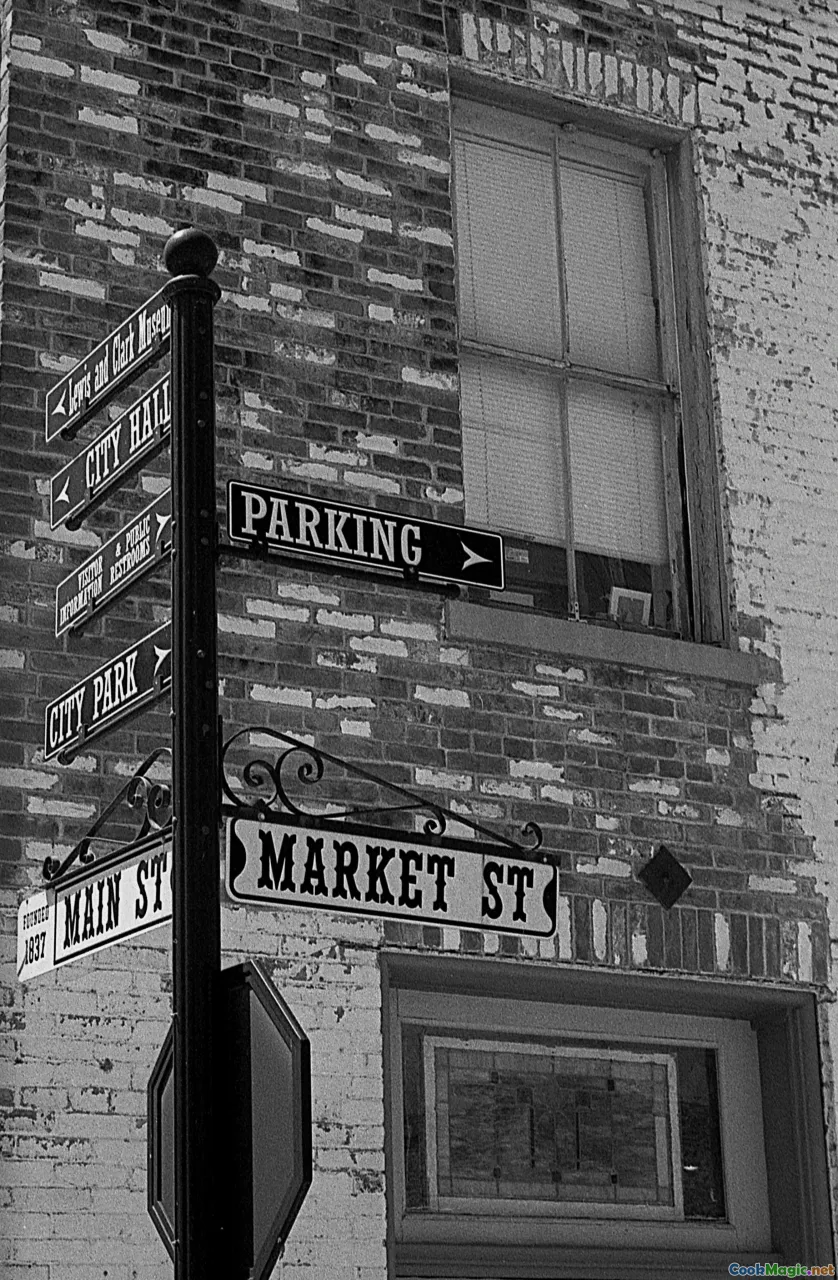Secret Saigon Carts with Legendary Banh Mi
12 min read Discover hidden Saigon street food carts serving legendary Banh Mi, revealing authentic flavors and local culinary secrets beyond traditional guides. July 06, 2025 18:05
Secret Saigon Carts with Legendary Banh Mi
The bustling streets of Ho Chi Minh City are a sensory delight—an intricate tapestry of sights, sounds, and smells that beckon both locals and curious explorers alike. Among the many treasures hidden in its alleyways and backstreet corners, the humble street food cart stands out as a timeless emblem of Saigon’s soul. Yet, tucked away from the tourist-focused vendors, there exists a network of clandestine carts forging legendary Banh Mi—those iconic Vietnamese sandwiches that marry crusty baguette, savory fillings, and an explosion of flavor. Today, I invite you on a journey into Saigon’s secret food scene, uncovering the stories, flavors, and secret spots that elevate Banh Mi from a simple snack to a cultural experience.
—
The Hidden Origin of Saigon’s Banh Mi Carts

Many travelers are familiar with the standardized Banh Mi stands near tourist hotspots, but the real magic resides in the unassuming, often inconspicuous carts operated by seasoned vendors who've inherited recipes passed down through generations. These carts, typically nestled in narrow alleys or tucked under shaded trees, serve as living relics of Saigon’s culinary history.
Legend has it that the Banh Mi's rise in the South can be traced back to French colonial times, where baguettes became an everyday staple for locals. Over decades, entrepreneurial vendors began stuffing these crispy loaves with ingredients unique to Vietnam—pork, pâté, pickled vegetables, chili—crafting a fusion of French technique and Vietnamese flavor. Many of these carts still operate with the same nostalgic charm, yet they often go unnoticed by outsiders.
Personal insight: As I wandered into a discreet alley in District 4 during an early morning ride, I discovered a weathered cart manned by a grizzled vendor whose grandfather started the stand in 1952. His Banh Mi, he confided, has a secret recipe for homemade paté with a touch of lemongrass—a flavor that customers say transports them back in time.
Decoding the Secrets of Legendary Saigon Banh Mi

What makes certain Banh Mi legendary in Saigon? It’s a meticulous balance of elements—a crisp baguette crust, a contrast of textures, and meticulously chosen fillings that tell a story.
**Crust and Bread:**The backbone of any great Banh Mi is the bread. The best carts bake their baguettes daily, ensuring a crust that shatters gently with each bite, revealing a tender, airy crumb inside. Some vendors incorporate a hint of rice flour into the dough for an ultra-light texture.**Proteins and Fillings:**Classic choices include seasoned grilled pork, cold cuts, shredded chicken, or tofu for the vegans. The secret often lies in the marinade—garlic, fish sauce, sugar, and a splash of soy—that yields a depth of savory umami. Ninh Thuan-style pork—marinated in lemongrass and charred on open flames—is a favorite among locals.**Condiments and Vegetables:**The pickled carrots and daikon provide a tart crunch that balances the richness, while fresh cilantro and sliced chilies add pungency and heat. The nuanced layering of flavors transforms each bite into an orchestral harmony.Sauces: A smear of homemade mayonnaise or pâté, sometimes infused with garlic or herbs, boosts lusciousness. Some vendors add a drizzle of Maggi seasoning or a splash of fish sauce to deepen umami.
How to Find and Experience the Secret Carts

Discovering these hidden gems requires a bit of courage and curiosity. Unlike branded food stalls targeting tourists, secret Banh Mi carts often operate on reputation and word-of-mouth. Here are tips to uncover Saigon’s best-kept secrets:
- Speak to Locals: Ask residents or taxi drivers for recommendations on obscure vendors in their neighborhoods. Many times, locals can point you toward alleyways where the aroma of roasting pork beckons.
- Wind Through Narrow Alleys: Saigon’s labyrinthine streets hide countless unmarked carts. Follow your nose to the scent of grilled meats or freshly baked bread.
- Observe Daily Rituals: Early mornings and late afternoons are prime times. Watch how skilled vendors prepare their ingredients—those untrained in these nuanced techniques will leap out immediately.
- Join Food Tours with Local Guides: Several seasoned guides lead small group expeditions into Saigon’s backstreets, introducing visitors to authentic, family-run Banh Mi stands.
Personal tip: During my last visit, I followed a rumor into a tiny alley behind Ben Thanh Market, where I found a ramshackle cart operated by a gentle woman whose masterful hands turned out baguettes topped with smoky grilled pork. Her secret, she whispered, is marinating the pork overnight with lemongrass and a splash of fish sauce—what she calls “the heart of her Banh Mi.”
Comparing the Street and the Gourmet: What Sets Them Apart?

While the staple Banh Mi from secret street carts can never be replicated entirely, some vendors pushing the boundaries of tradition have elevated the humble sandwich to gourmet status.
**Street Vendors:**Iconic, rustic, and intensely authentic, these carts prioritize flavor over form. The bread is often modest, but the fillings burst with flavor—crisp, juicy, smoky, or spicy. The charm lies in their Imperfection.Upscale or “Gourmet” Banh Mi: Some newer cafes and boutique food stalls in Saigon now serve Banh Mi with artisanal bread, organic fillings, and inventive toppings like foie gras, quail eggs, or pickled purple daikon. These creations may blend tradition with modern gastronomy, appealing to a more refined palate.
Analysis: The key difference stems from the context of consumption—it’s personal nostalgia and familiarity in street carts, versus experimentation and presentation in higher-end venues. Nonetheless, both honor the city’s rich food heritage.
Emotional and Cultural Tales Tied to Saigon’s Banh Mi

Every stealthy cart tells a story—of family legacy, of surviving wars and peace, of love and community. Many vendors are third- or fourth-generation cooks whose recipes are almost sacred, passed from parent to child, seasoned with stories, sacrifices, and dreams.
I recall an elderly man in District 3 who, with trembling hands, carefully assembled Banh Mi for hours. He shared how his father, a former soldier, would prepare Banh Mi for his laborers during post-war rebuilding, offering affordable nourishment and dignity. That bread in his cart carried generations of resilience—a reminder that food is not merely sustenance, but a vessel of history.
Similarly, female vendors often sing folk songs or exchange banter with regulars, forging a lively tapestry of bonds reinforced by shared love for Saigon’s culinary heartbeat.
Personal Tips for savoring Saigon’s Hidden Banh Mi Carts
- Go Early: Most secret carts operate at dawn or late afternoon—catch them before they run out of ingredients.
- Order with Respect: A simple “Xin một bánh mì đặc biệt” (Please, one special Banh Mi) invites vendors to show their best.
- Be Open to Spicy and Unfamiliar: Don’t hesitate to try versions with extra chili or local condiments. Authenticity often shines brightest in bold flavors.
- Bring a Friend and Share: The joy of discovering hidden food gems multiplies when enjoyed with companionship.
- Follow Your Senses: Sometimes, you’ll recognize a cart by its sizzling meat, the scent of grilled lemongrass, or the chorus of locals urging friends to try the best Banh Mi in town.
Leaving with More Than Just a Sandwich
Stepping away from Saigon’s secret carts, you carry more than a full belly—your experience becomes part of the city’s living narrative. These unassuming vendors embody resilience, tradition, and passion—elements that make Saigon’s street food scene a truly legendary tapestry.
The next time you wander through the chaotic charm of Ho Chi Minh City, pause, listen, and follow your nose. The secret carts are waiting—hidden gems of flavor and history, ready to reveal their stories one legendary Banh Mi at a time.
May your journey through Saigon’s back alleys be filled with the aroma of bread, the sizzle of meats, and memories to last a lifetime.









